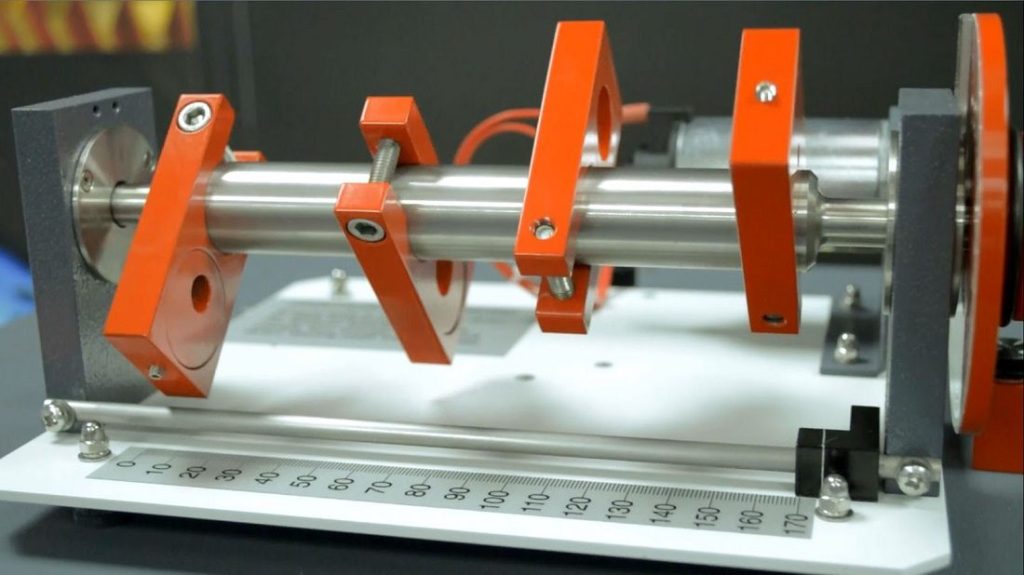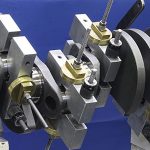Balancing of Rotating Bodies
The balancing of rotating bodies is important to avoid vibration. Dynamic and Static Balancing in Heavy Industrial machinery such as generators and motors can cause catastrophic failure, as well as noise and discomfort. To help with balancing, it involves simply moving the centre of gravity to the centre of rotation. For systems to be completely balanced both the force and couple polygons should be closed.
What is Static Balancing?
Static balance occurs when the centre of gravity of an object is on the axis of rotation. This allows the object to remain stationary, with the axis horizontal, without the application of any braking force. Static balance has no tendency to rotate due to the force of gravity.
What is Dynamic Balancing?
Dynamic balancing is when the rotation does not produce any resultant centrifugal force or couple. The system will rotate without needing the application of any external force or couple, other than that required to support its weight. When a system or machine is unbalanced, to avoid stress being put upon the bearings, a counterbalancing weight is added. Dynamic balancing is a way to balance out machines by rotating parts quickly and then measuring the imbalance using electronic equipment. The imbalance calculated can then be added or subtracted from the weight until the vibration of the parts is reduced.



Comments are closed